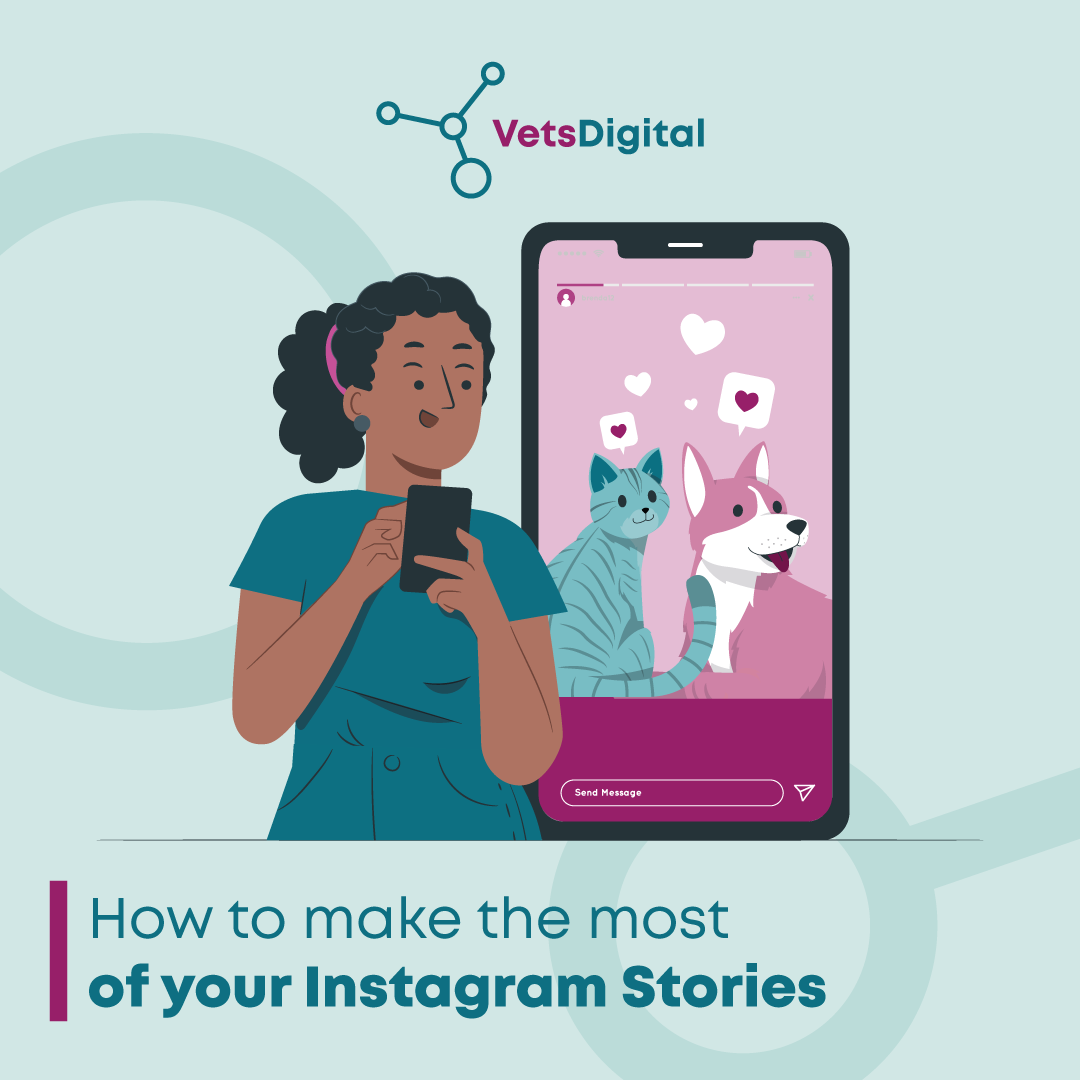News, Uncategorised,
Should we be using pictures of pets in Christmas jumpers for practice marketing?
This Christmas, we’ve been seeing a lot of practices running Facebook and other social media campaigns promoting festive costumes for pets. However, as veterinary professionals, we are expected to meet a higher standard. I’m sure many of you would baulk at using a severely compromised brachycephalic to market your practice (#brachywatch!), and there are equally significant welfare concerns about festive costumes for pets.
What are the advantages to running these sort of campaigns or posts?
From a purely marketing and social media perspective, this is great – people love to share pictures of their pets dressed up as Santa, or Rudolf, or in a Christmas jumper. The typical posts we’re seeing go something like this…
It’s nearly Christmas! Are your pets excited? Post some photos of them all dressed up for the big day!
As a result, many people – existing followers and new ones – will post photos, and the practice then “likes” them.
And of course, this drives more people to post, engage, or even just like someone’s photo, or the post overall. Any social media page lives or dies by its popularity – the more people who engage with your posts, the higher ranked your page becomes, and the more people will see you in future. So, posting cute and sweet things like this is actually a really smart business strategy…
The downside
…except for one little thing. Our efforts as a profession to inculcate a sense of animal welfare into the general population are definitely bearing fruit, and there will also be a significant number of people who will complain about the “objectification” of animals, and the potential for welfare abuse. In fact, you may well find that in the search for cheap and easy likes, you lose engaged and committed members of your social media community – and potentially lose genuine (and often bonded) clients as a result.
The ethics of the problem
There are two ethical questions we must ask ourselves when promoting any use of animals in advertising material – and in this case, even if we’re not producing any photos ourselves, we are inciting our clients to do so for us.
Firstly:
Is the animal suffering as a result of the situation they’re being put into?
In some cases, they do appear to be – we’ve seen a number of photos of VERY unhappy-looking dogs who appear to have been forced into Christmas jumpers, had lights wrapped around them or put into costumes and then photographed – and their rolling eyes, ear posture, and bowed necks suggest a significant degree of stress. OK, we don’t have a cortisol level from them – but bluntly, we shouldn’t need it. An animal who looks distressed must be assumed to be so until proven otherwise.
That said, there are some (especially of larger breed dogs) where the animals look perfectly happy and bouncy – so is that fine?
Well, let’s ask the second question:
Does this advertisement encourage people to put other animals in a situation where their welfare would be compromised?
Ultimately, the answer to this must be yes if we are actively promoting an activity that is stressful for a large number – if not all – of pets. By posting it on our pages, we are saying “this is fine, go and try it on your own pets”. We have a great responsibility, because despite the odd grumpy client that we all have, many people will believe and trust us if they think we’re saying this is OK.
Are there any legal or regulatory issues?
There may potentially be issues with the Animal Welfare Act, in particular “expression of natural behaviour”. In fact, the BVA has produced very clear guidance on the use of animals in advertising. Section 3.3 states, and I quote:
Promotional images should avoid anthropomorphising animals by avoiding dressing them in clothes, depicting them being carried in handbags or wearing ‘fake nail’ cosmetic claw coverings known as ‘peticures’ that restrict animals from expressing normal behaviour. Clothes can also restrict the natural movement of pets, as well as compromising the animal’s ability to control body temperature, whilst carrying dogs in handbags can reduce opportunities for exercise and socialisation.
(my emphasis).
In conclusion…
Anthropomorphising animals for monetary gain is always dangerous – and when we encourage our clients to put pets in situations that may be psychologically or physiologically stressful, we have stepped over a line that as professionals we should be trying to avoid. Happy pets playing at Christmas is great! Pets who have been stressed out to get the perfect “festive” photo, not so much – it reflects badly on you as a practice, but also badly on the profession as a whole.
Please be very careful with what you ask your clients to do on Facebook or Twitter! You can download the BVA’s excellent guidance here, or contact us for advice on suitable (and effective!) festive campaigns.
Merry Christmas, and a Happy New Year, everyone!






